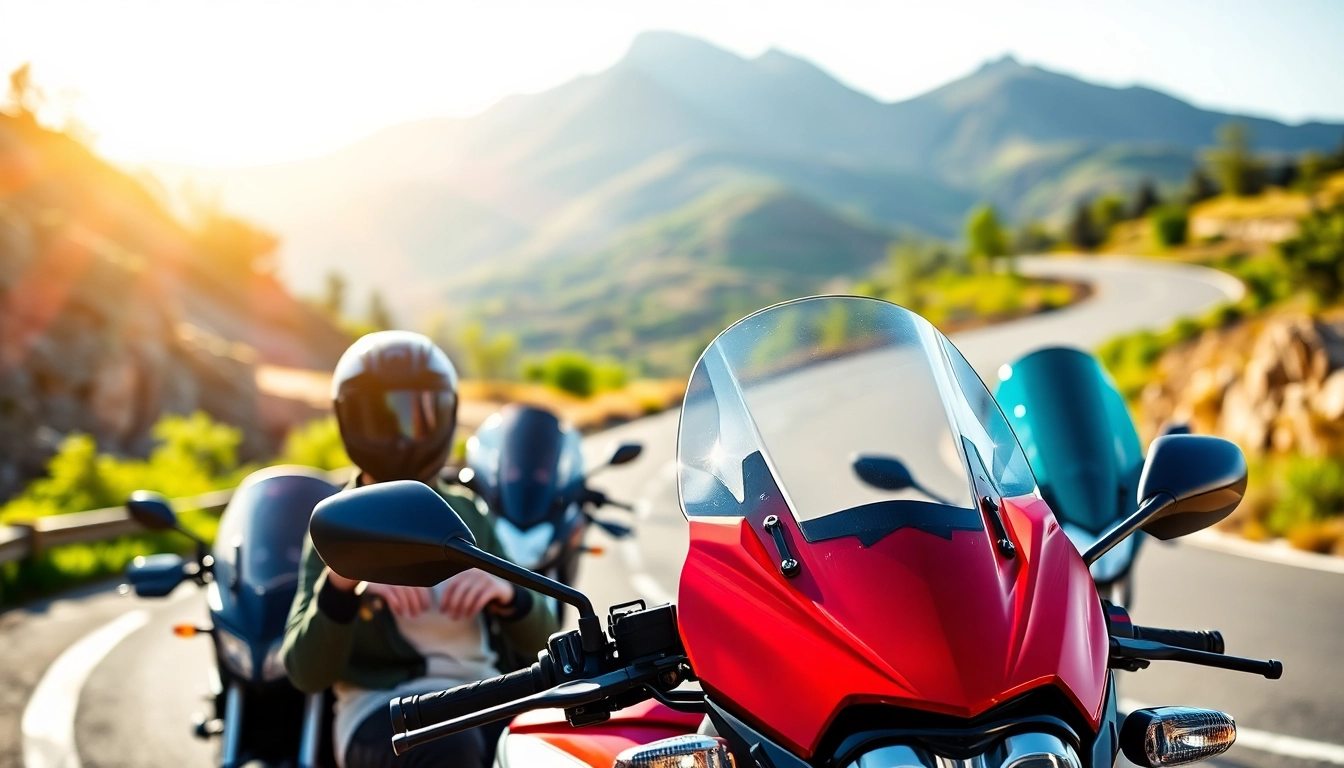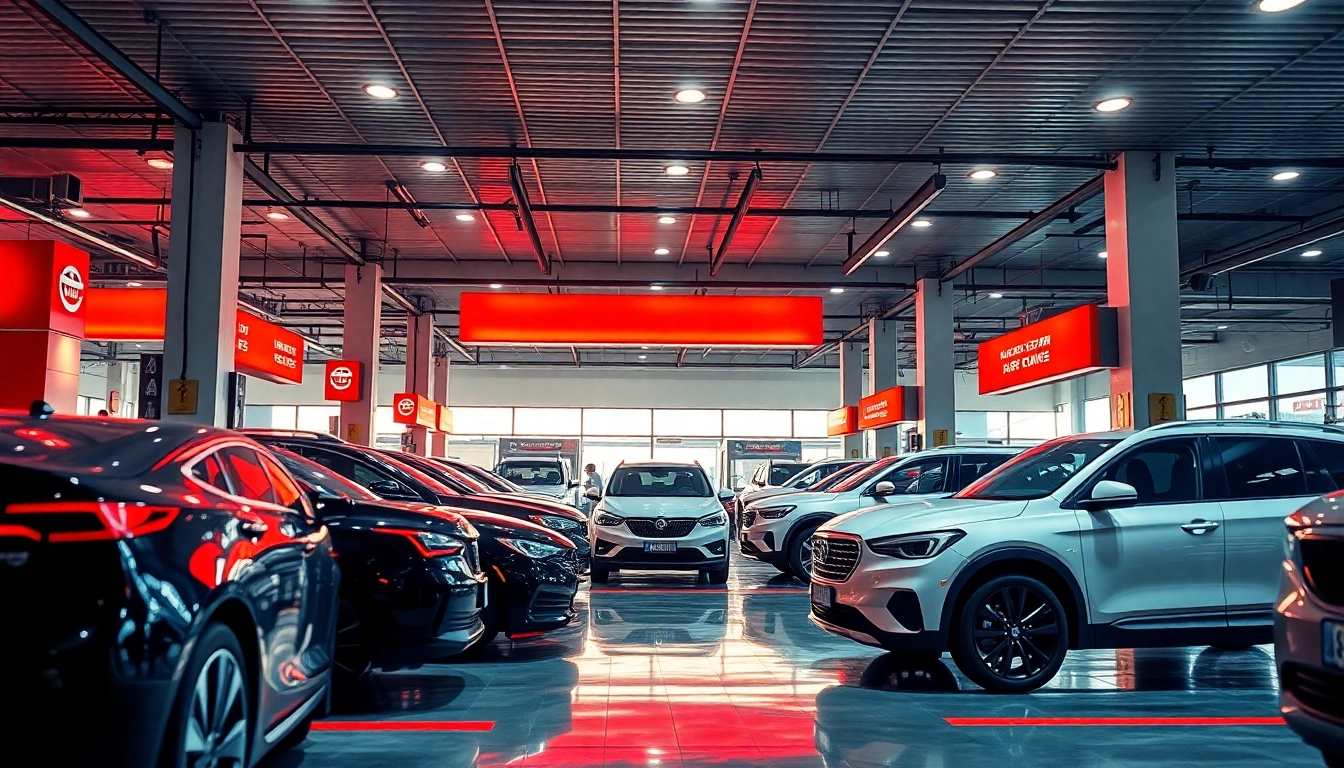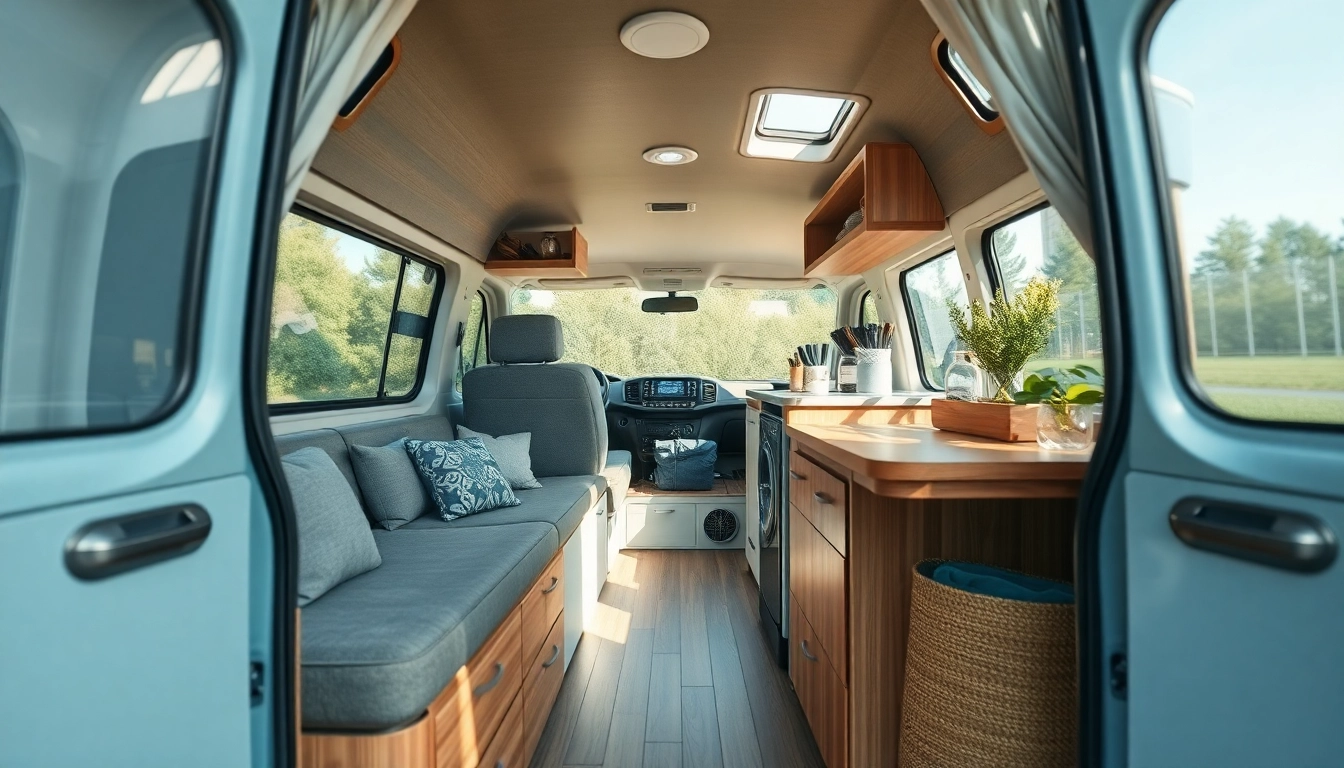Choosing the Right Motorcycle Windscreens for Enhanced Riding Comfort
Understanding Motorcycle Windscreens
What are Motorcycle Windscreens?
Motorcycle windscreens, also known as windshields, are protective barriers mounted on motorcycles designed to deflect wind, debris, and weather elements away from the rider. These components play a fundamental role in enhancing the riding experience by improving aerodynamics and reducing fatigue on longer journeys. By relieving the unnecessary strain caused by high-speed winds, they help maintain rider comfort and stability. Whether you’re a casual rider or a seasoned motorcyclist, the right choice of motorcycle windscreens can significantly affect your ride’s quality.
Types of Motorcycle Windscreens
Motorcycle windscreens come in various shapes, sizes, and materials, tailored to suit different styles and preferences of riders. The main types include:
- Full-Screen Windscreens: These provide maximum protection and coverage for the rider, often found on touring bikes. They block wind and weather elements more effectively.
- Sport Windscreens: Typically shorter and more aerodynamic, these are designed for sport bikes and provide a balance between wind protection and a dynamic appearance.
- Custom Windscreens: Tailored to fit specific motorcycle models, these can be uniquely designed to match the bike’s aesthetic.
- Universal Windscreens: Designed to fit a variety of motorcycles, these options provide versatility for riders looking for adaptable solutions.
Benefits of Using Motorcycle Windscreens
Choosing to install a windscreen on your motorcycle offers numerous advantages, including:
- Wind Protection: Reducing wind impact leads to improved rider comfort, allowing for longer rides without fatigue.
- Reduced Fatigue: By deflecting wind away, riders experience less strain on their bodies, especially during long distances.
- Improved Stability: Windscreens help stabilize the motorcycle at high speeds, decreasing the likelihood of buffeting caused by strong winds.
- Enhanced Aesthetics: A well-designed windscreen can enhance the overall look of a motorcycle, adding a personalized touch.
- Protection from Debris: Windscreens act as a shield against flying debris, bugs, and weather elements that can distract a rider or cause injuries.
Factors to Consider When Selecting Motorcycle Windscreens
Material and Durability
The material used in motorcycle windscreens can significantly influence their durability and performance. The most common materials include:
- Acrylic: Known for its clarity and lightweight, acrylic is a popular choice but can be prone to scratching.
- Polycarbonate: More durable than acrylic, polycarbonate offers superior impact resistance and is often used in high-performance motorcycles.
- Glass: Some premium models feature glass windscreens; however, they are heavier and less common.
When choosing a material, consider factors such as the environment you’ll ride in and the windscreen’s potential for scratches or damage.
Size and Fit for Your Motorcycle
The dimensions of the windscreen are crucial for optimal performance. Ensure the windscreen fits your motorcycle’s make and model correctly. Here are key considerations:
- Height: A taller windscreen typically offers more protection, but it may affect visibility. Riders should select a height that provides comfort without obstructing their view.
- Width: The width should extend adequately on both sides of the motorcycle to block wind turbulence to the rider’s body.
- Mounting Style: Compatibility with the motorcycle’s mounting points and hardware must be verified to ensure a secure fit.
Design and Aesthetic Appeal
The design of the windscreen is more than just a functional element—it reflects the rider’s style. Consider the following:
- Color Options: Many manufacturers offer a variety of tint options to match the motorcycle’s paint job.
- Shape: Different shapes can distribute wind differently; some offer a more streamlined profile while others are designed for maximum coverage.
- Customization: Custom shapes can be designed to enhance the bike’s overall aesthetics while ensuring functionality.
Installation and Maintenance of Motorcycle Windscreens
Step-by-Step Installation Guide
Installing a motorcycle windscreen can be a straightforward process if approached methodically. Follow these steps:
- Gather Materials: Ensure you have the necessary tools, including screws, brackets, a screwdriver, and the new windscreen.
- Remove the Old Windscreen: Carefully unscrew the existing windscreen, taking note of the mounting points and fixtures.
- Clean the Surface: Clear the area where the new windscreen will be mounted to prevent dirt from interfering with the fit.
- Install Mounting Brackets: Attach any additional brackets required for the new windscreen, following the manufacturer’s guidelines.
- Secure the New Windscreen: Align the new windscreen with the mounting points and secure it with screws, ensuring a tight fit.
- Final Check: Test the installation by gently shaking the windscreen to confirm that it is securely attached.
Maintenance Tips for Longevity
To ensure your motorcycle windscreen remains in optimal condition, follow these maintenance tips:
- Regular Cleaning: Use a mild soap solution and a soft cloth to clean the windscreen. Avoid abrasive materials that could scratch the surface.
- Inspect for Damage: Regularly check for cracks, scratches, or other damage that could affect performance or safety.
- Avoid Extreme Temperatures: Storing your motorcycle in extreme temperatures can degrade the windscreen material over time.
Common Issues and Troubleshooting
Riders may encounter some common issues with motorcycle windscreens. Effective troubleshooting can address these problems:
- Scratching: If scratches occur, consider using a scratch removal kit specifically designed for windscreens or replacing the screen if damage is extensive.
- Loose Mounting: Regularly check the windscreen for loose screws and tighten them as necessary to prevent vibration-related damage.
- Water Distortion: In heavy rain, some windshields may distort visibility. If this is a frequent issue, consider a different shape or design that provides better visibility in adverse weather.
Aftermarket vs. OEM Motorcycle Windscreens
Pros and Cons of Aftermarket Windscreens
Aftermarket windscreens provide alternatives to original equipment manufacturer (OEM) options and come with their advantages and drawbacks:
- Pros:
- Cost-effective: Aftermarket windscreens are often cheaper than OEM counterparts.
- Variety: They offer extensive options in terms of design, tint, and customization.
- Performance Features: Some aftermarket options may include modern features such as enhanced aerodynamics and increased strength.
- Cons:
- Quality Variation: The quality can be inconsistent, requiring careful selection of reputable brands.
- Fit Issues: Some aftermarket products may not fit as well as OEM parts, impacting overall performance.
When to Choose OEM Options
OEM windscreens are designed specifically for your motorcycle model. Consider these factors when opting for OEM:
- Exact Fit: They guarantee a perfect fit, reducing installation time and potential issues.
- Quality Assurance: Typically, OEM products maintain a high-quality standard that replicates the original part.
- Warranty Coverage: OEM parts often come with manufacturer warranties, providing peace of mind regarding durability and performance.
Cost Comparison and Value Assessment
When evaluating costs, take into consideration both the price and the value each option brings. While OEM might be costlier upfront, the longevity, guaranteed fit, and warranty can justify the expense. Aftermarket windscreens can be economical, but they require careful selection to ensure quality and compatibility. Make value assessments based on your riding habits, the frequency of windscreen replacement, and the potential for performance benefits.
Trends in Motorcycle Windscreen Technology
Innovative Features in Modern Windscreens
The evolution of motorcycle windscreens has seen the integration of several innovative features aimed at enhancing performance:
- Scratch-Resistant Coatings: Modern windscreens use advanced coatings that resist scratches and maintain clarity even after prolonged use.
- Venting Systems: Some designs incorporate vents that help reduce wind resistance and improve airflow, enhancing comfort.
- Adjustable Heights: Innovative designs allow for the adjustment of the windscreen height while riding, optimizing wind deflection based on rider preference.
Environmental Considerations in Manufacturing
As sustainability becomes a primary concern in many manufacturing processes, the production of motorcycle windscreens is evolving. Brands are beginning to adopt eco-friendly materials and production methods to reduce environmental impact. Responsible sourcing of materials and implementing recycling programs for old windscreens are examples of how manufacturers are gearing towards a greener future.
Future Trends in Motorcycle Windscreen Designs
Looking ahead, the future of motorcycle windscreens may involve:
- Smart Technology: Integration of sensors that respond to wind speed and conditions to automatically adjust the windscreen for optimal performance.
- Custom 3D Printing: This technology could allow riders to create unique windscreens tailored precisely to their specifications, enhancing both fit and function.
- Advanced Aerodynamics: Ongoing research into aerodynamics will likely produce windscreens that minimize drag and turbulence even further, improving overall riding efficiency.














Post Comment